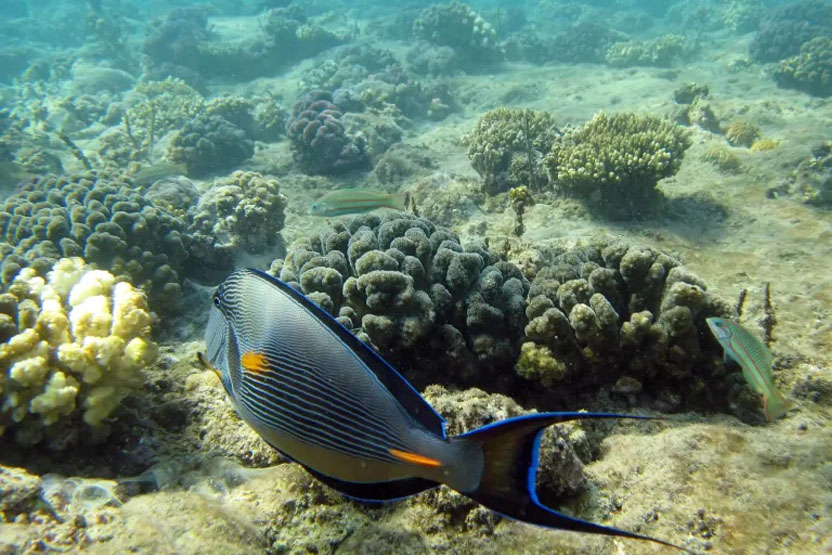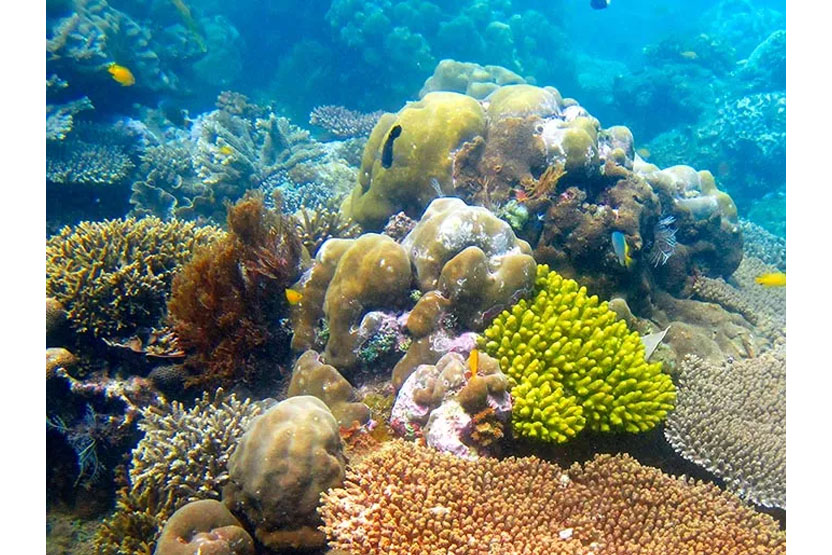Climate shifts and marine heatwaves have caused sharp declines in some species

Changes in global temperatures and weather patterns are disrupting ecosystems around the world, putting countless animal species at risk by affecting their reproduction, migration, and survival. These disruptions are accelerating an already alarming decline in global biodiversity.
A study published in the journal BioScience, affiliated with the University of Oxford, confirms that at least 3,500 animal species are directly threatened by rising temperatures, more intense storms and droughts, and other climate-related changes.
The study analyzed data on 70,814 species across 35 taxonomic groups—just a subset of the 101 animal groups assessed in the International Union for Conservation of Nature’s Red List.
According to the findings, nearly 1 in 4 animal species evaluated faces the potential risk of extinction, representing 23.9% of the species studied.
In addition, 778 species have already gone extinct, including 39 in the wild. Overall, 3,585 species were found to be threatened by climate change, amounting to 5.1% of all assessed animal species.
Experts warn, however, that the true impact may be far greater, since the majority of animal groups have not yet been formally assessed for climate-related risks. The study ultimately covers only 5.5% of all scientifically described animal species.
“We are on the brink of an existential crisis threatening Earth’s wildlife,” the study warns. “The primary drivers of biodiversity loss have long been overexploitation and habitat change, but with the worsening of climate change, it is expected to become the third leading cause of animal extinction.”
Lead author William J. Ripple expressed particular concern over marine invertebrates, which absorb most of the heat from climate change and have limited mobility to escape adverse conditions—making them especially vulnerable.
Coral reefs are the most threatened by global warming.
The Perils of Warming
The study highlighted the profound effects of recent climate shifts, particularly marine heatwaves, on species populations. Among the most affected are mollusks. During the 2021 heatwave in the Northeast Pacific, billions of mussels, clams, and snails perished within days. Similarly, a severe marine heatwave in 2016 led to the collapse of nearly 30% of the Great Barrier Reef in Australia.
The impact has not been confined to marine species. Terrestrial vertebrates have also suffered heavy losses. In 2015 and 2016, two intense marine heatwaves disrupted food chains in the North Pacific, starving an estimated 4 million common murres, slashing Pacific cod populations by 71%, and resulting in the loss of nearly 7,000 humpback whales.
Ripple warned that such mass die-offs destabilize ecosystems:
“The cascading effects of these events are likely to disrupt carbon and nutrient cycles, and interfere with essential biological interactions—such as predation, pollination, competition, and parasitism—that are vital for ecosystem stability.”
He called for more climate risk assessments to be integrated into biodiversity protection policies, urging for greater alignment between climate and conservation strategies at the global level.
The study cautions that we may be approaching a tipping point in terms of climate change’s impact on animal life. Without urgent action, the risks of extinction and large-scale die-offs are expected to increase—and accelerate—with each fraction of a degree rise in global temperatures.
Given these challenges, the authors stress that rapid and effective climate mitigation is now more crucial than ever to preserve global biodiversity.



Comment